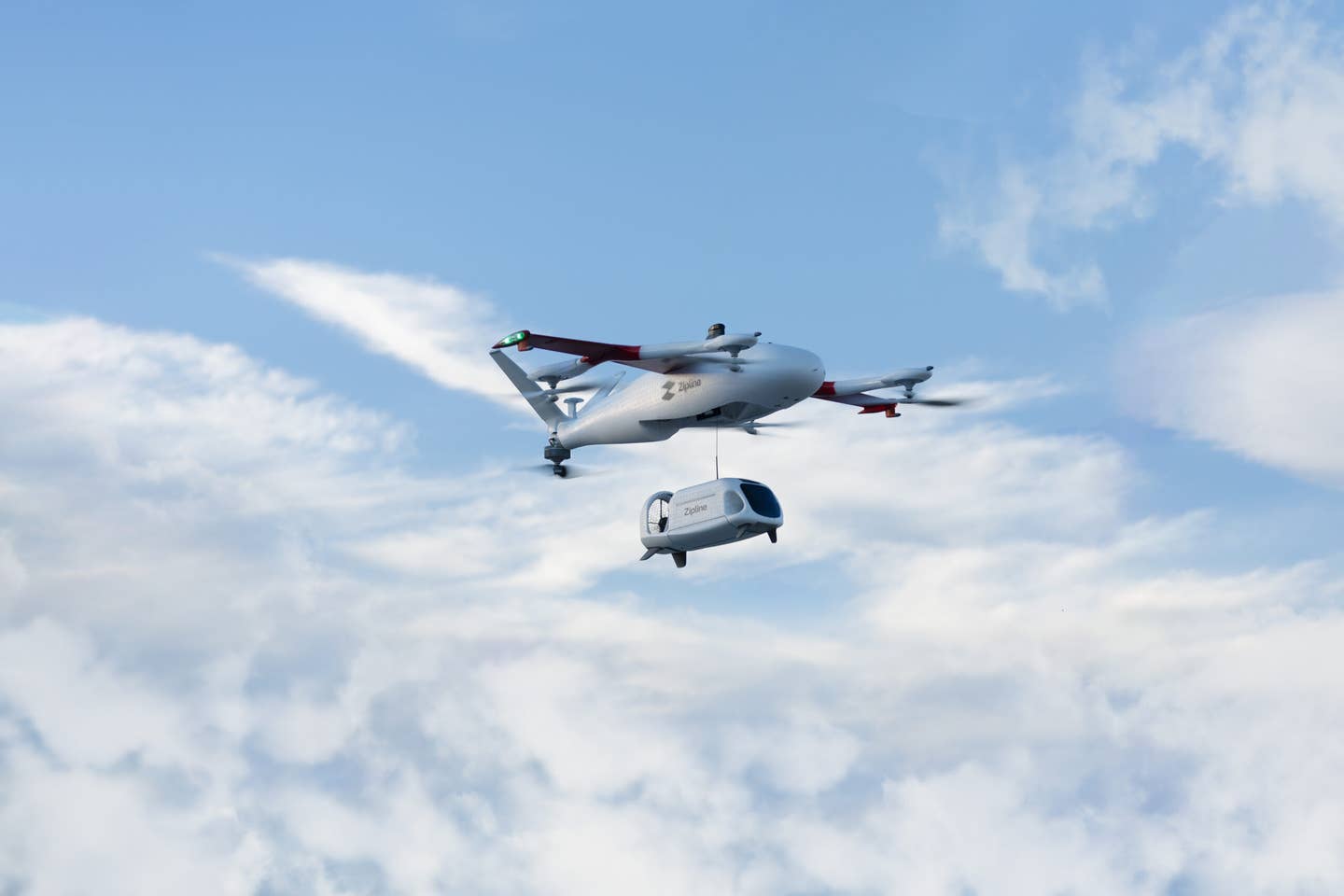NASA Wants to Know if Air Taxis Will Annoy You
Los Angeles, Dallas, and New York City are to be featured in tests to measure noise levels.

NASA has officially started plans for studying community reaction to AAM aircraft-generated noise by seeking public comment on planned testing. [Credit: Shutterstock]
NASA is initiating plans to test the noise tolerance of people living in areas likely to see the biggest uptick in advanced air mobility (AAM) aircraft such as air taxis in an effort to mitigate their effects.
The agency published on Friday a federal register notice requesting public feedback on the study, including ways it can be improved or whether it is practical or necessary. Comments will be incorporated in a follow-up request for approval from the Office of Management and Budget.
“The primary research objective…is to determine if there are statistically significant differences in annoyance between subjects who live in low versus high ambient noise environments, and to determine as a covariate if there is a difference between specific geographical regions,” the notice said.
It stated that because the type of AAM aircraft involved in the study use electrically driven rotors, the noise they generate could restrict where they operate. Therefore, “the human response to noise from these vehicles needs to be better understood to help minimize the noise impact.”
Psychoacoustics—how humans perceive sound—will be used to conduct the study. NASA will use a psychoacoustic test called Varied AAM Noise and Geographic Area Response Difference (VANGARD), which will be administered remotely using a platform developed by NASA’s Langley Research Center.
Participants will be drawn from regions of low and high ambient noise areas in the U.S. “that are likely to see initial AAM/UAM [Advanced Air Mobility/Urban Air Mobility] operations,” according to NASA, such as Los Angeles, Dallas, and New York City.
Siddharth Krishnamurthy, a NASA research aerospace engineer and technical lead for the project, said the test will be administered through a website so that subjects can be tested remotely from their computers.
“Aircraft sound stimuli will be played to test subjects over their computer speakers, and they will listen and respond on how annoyed they are, from not annoyed at all to extremely annoyed,” Krishnamurthy told FLYING.
Data retrieved from this initial part of the study will allow NASA to test additional hypothesis research questions, including:
- Do annoyance responses differ significantly by phase of flight (takeoff, landing, and level cruise) of the AAM/UAM aircraft noise stimuli?
- Do annoyance responses differ significantly as a function of sound level, based on distance from flight operation?
- To what degree are the results explained by objective parameter analyses of the data (e.g., sound quality metrics, spectra, and amplitude envelope)?
- To what degree are the results explained by noise sensitivity, obtained via post-experiment questionnaires?
NASA plans to recruit 360 participants, Krishnamurthy said. The agency is looking to start testing in September and wrap up by November.
FAA’s Oversight
Krishnamurthy emphasized that NASA does not define noise policy for aircraft. “We provide the technical data to the FAA and to other government agencies so that they can actually define policy,” he said.
A U.S. Government Accountability Office report published on Thursday detailing FAA’s role in overseeing AAM noted that noise management is one of five key areas important to the development of the emerging technology “as the industry develops and the tempo of AAM operations increase.”
The FAA is in the process of reviewing its civil aviation noise policy, including whether to include its current noise metrics for oversight of AAM.

Sign-up for newsletters & special offers!
Get the latest FLYING stories & special offers delivered directly to your inbox






